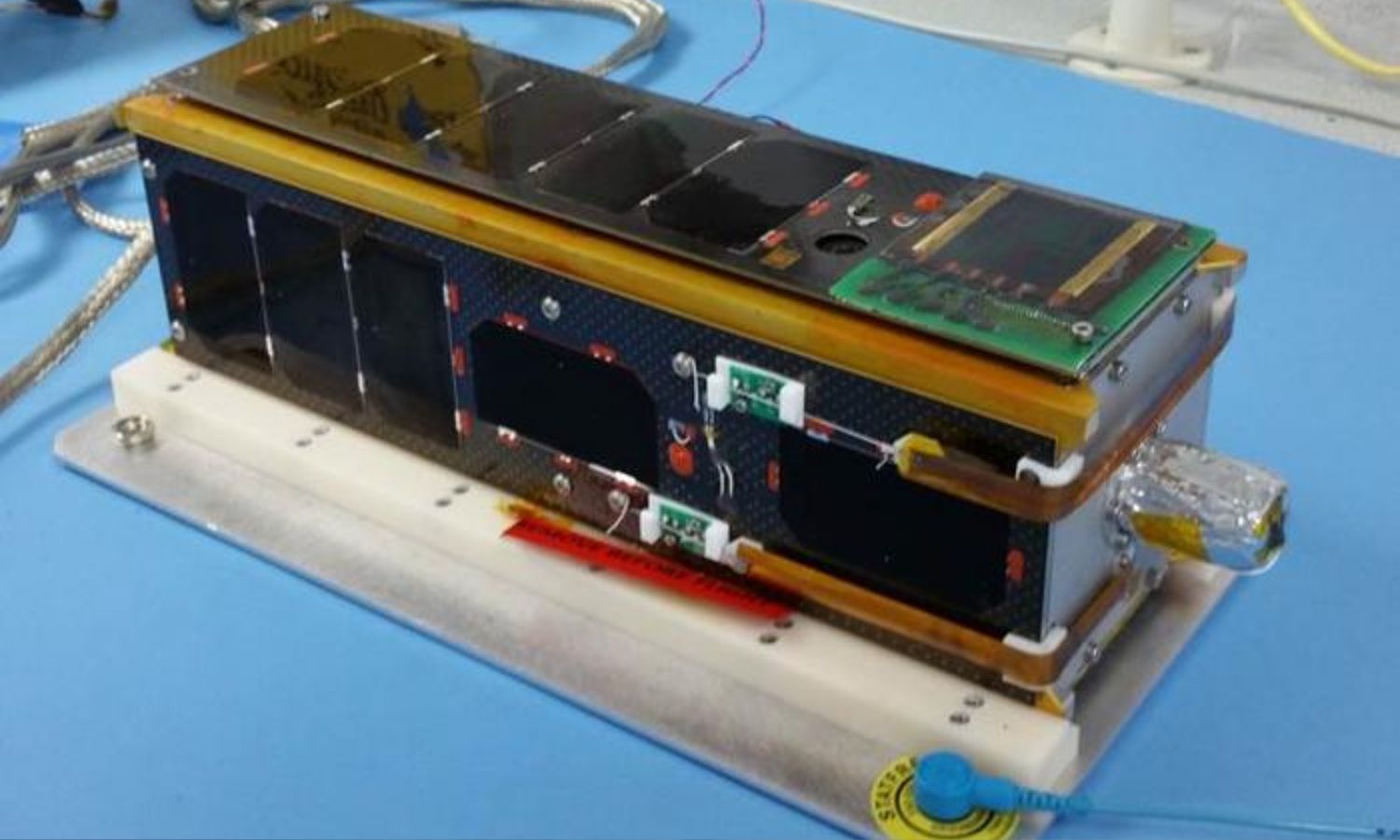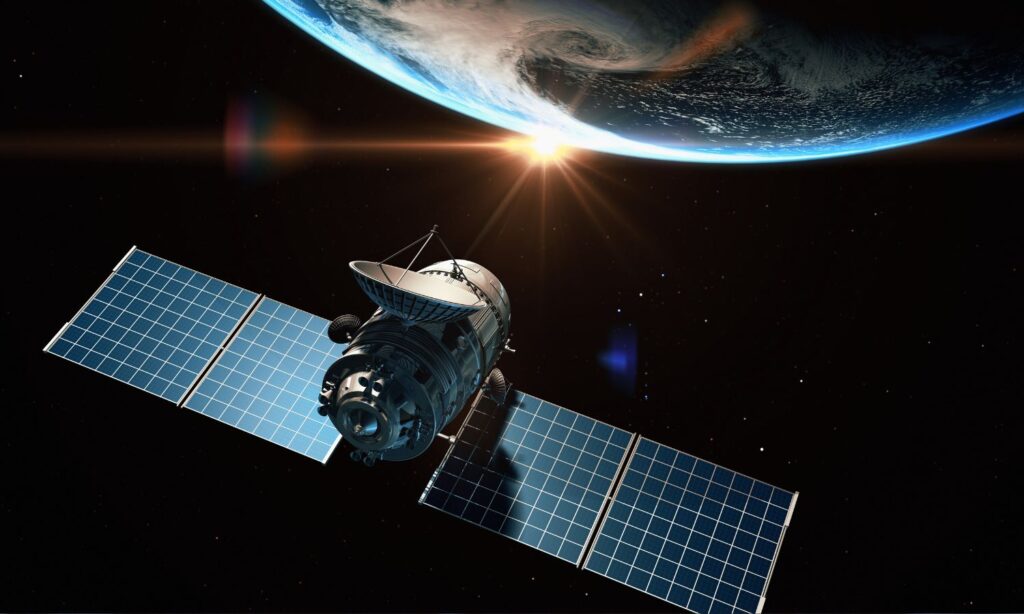It’s long been a dream of science fiction to harness the power of the sun from space and provide the Earth with limitless, clean energy. For 50 years, scientists have been working on how they might turn that dream into a reality and a group in the UK has now proved that it is technically possible.
A first-of-its-kind study has been monitoring solar panels installed on a satellite over the last six years and its findings now show that low-cost, lightweight solar panels can generate power in space. What’s more. the technology is far more durable than they expected.
“We are very pleased that a mission designed to last one year is still working after six,” said Professor Craig Underwood, Emeritus Professor of Spacecraft Engineering at the Surrey Space Centre at the University of Surrey.
“These detailed data show the panels have resisted radiation and their thin-film structure has not deteriorated in the harsh thermal and vacuum conditions of space.”
The team at the University of Surry and Swansea University sent four cadmium-telluride solar test panels into orbit in 2016. This type of cell is less common than normal silicon photovoltaic cells and the team have said that they can be used to make ultra-thin panels in future space missions.
“This ultra-low mass solar cell technology could lead to large, low-cost solar power stations deployed in space, bringing clean energy back to Earth – and now we have the first evidence that the technology works reliably in orbit,” Underwood said.

Before we start launching power stations into space, there are a few kinks to still be worked out. Namely, the panels indicated a loss of efficiency over their six years in space, which the group said would have to be addressed with new metal housing.
The biggest issue however is getting the generated power down to Earth, a problem that has so far proved too difficult for most. In 1973, the idea of shooting energy back from space using microwaves was patented but proved to be too costly to carry out. In 1999 NASA also tried its hand at a space-based solar power station using lasers to shoot energy back to Earth.
Currently, the UK, the US, Japan, and the EU are all working on proposals for space-based power plants. Last year, the UK announced that they plan to generate about 30% of their energy requirements using space-based power stations by the mid-2040s while the EU also said that they want to have five such stations in orbit by the 2050s that could beam power to Earth or to bases on the Moon.
In June of this year, researchers at the California Institute of Technology were able to demonstrate the first transfer of energy beamed down from solar panels in space to Earth. However, the demonstration was of only enough energy to light up a few LEDs and not the massive transfer of energy required to make this technology feasible.
The CalTech team have said that their system will do away with the need for Earth receiver bases and that they should be able to wirelessly send energy wherever it is needed.
With more breakthroughs being made, the UK’s latest development could be key for attracting further financial investment to bring the idea to life the team over there has said.
“The successful flight test of this novel thin film solar cell payload has leveraged funding opportunities to further develop this technology,” Underwood said.
“Large area solar arrays for space applications are a rapidly expanding market and demonstrations such as this help to build on the UK’s world-class reputation for space technology.”
Related: So, a Pretty Legit Whistleblower Is Claiming the US Has Multiple Alien Spacecraft
Related: NASA’s Moonlanders Are Getting Spacesuit Glow Ups
Read more stories from The Latch and subscribe to our email newsletter.







